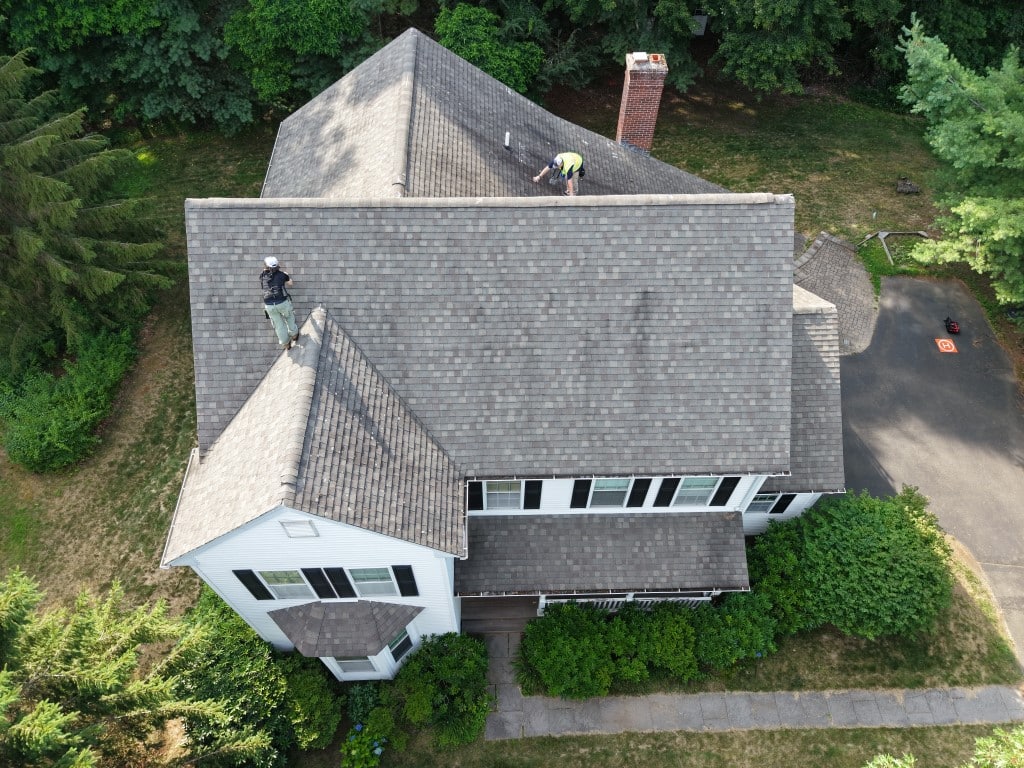How Trade Skills, Military Experience, and AdjusterPro Helped Launch a Career in Claims
For Robert Schneider, becoming an independent insurance adjuster wasn’t part of the original plan — but it turned out to be exactly where he belonged.
After working in the fire service since age 14, serving as a firefighter and inspector in the U.S. Air Force, and spending 13 years in the railroad industry as a signal maintainer, Robert built a career grounded in safety, structure, and problem-solving. Add in a lifetime of hands-on experience in construction and the trades — from electrical to plumbing to HVAC — and he had the ideal foundation for a successful career in insurance claims adjusting.
During the pandemic, Robert began rethinking his future. That’s when he discovered AdjusterTV on YouTube. “I started watching Matt’s videos and it just made sense,” he recalls. “Everything I’ve done — inspections, construction, emergency response, documentation — fits what adjusters do every day.”
After enrolling in the AdjusterPro pre-licensing course, Robert earned his Connecticut adjuster license and now holds licenses in 13 states, including high-demand CAT areas like Texas, Florida, and Louisiana. From there, he added a long list of credentials: Xactimate Level 2, Haag Roofing, Rope & Harness, State Farm Property, IICRC Water Restoration Tech — and he’s currently working toward his IICRC Fire & Smoke Restoration certification.
Early on, Robert met with a manager from an IA firm who saw potential in his background. “You’ve got the right background,” the manager told him. “Get some field experience, and I’ll give you a shot.” That led Robert to take a position with a ladder assist company, where he quickly proved himself. Once he had some claims under his belt, IA firms like Pacesetter, Compass Adjusting, AdjustCo., and Global Risk Solutions brought him on — and his career took off.
During the Texas storms in July 2024, Robert had the opportunity to work as a file reviewer, assessing and verifying the accuracy of field inspections and helping ensure proper claim documentation and estimate compliance. That role gave him a strong understanding of quality control and claim lifecycle efficiency from the desk side.
Separately, Robert began receiving more challenging field assignments from IA firms and desk adjusters. “Desk adjusters started sending me back out to clarify scope and negotiate with contractors when things weren’t adding up,” he explains. “I’ve also had IA firms assign me difficult reinspections on files that needed cleanup — and I was able to step in and turn those situations around for both the carrier and the homeowner.”
Robert feels what sets him apart is his commitment to proactive communication and detail-driven inspections. “I regularly communicate with desk adjusters to align on file expectations, and I’ll call local building inspectors to ask what’s required for code upgrades or rebuilds. I can’t tell you how many times I’ve been told, ‘No adjuster has ever called me to ask that.’ It’s the kind of extra effort that helps everyone — and it shows the level of detail I put into my work.”
Robert also takes pride in making the process better for homeowners. “I’ve seen people have bad experiences with adjusters. So when a homeowner tells me they finally feel heard, that I took the time to explain things clearly — that’s what really brings me satisfaction.” The career itself has been just as rewarding: “I wish I found this career sooner. I love the flexibility, the independence, the financial return — and being able to help people during a really stressful time in their lives.”

To support safe, efficient inspections, Robert uses a FAA Part 107-certified drone when necessary. “The drone is just a tool on my belt. I still get up on most roofs myself, but when it’s unsafe or unstable, that’s where the drone comes in. It allows me to get what I need without putting myself or anyone else at risk.”
And while technology like AI is evolving rapidly, Robert is confident in the future of boots-on-the-ground adjusting: “Field adjusters aren’t going away. AI can help with writing and organization, but it can’t replace someone who knows how to lift shingles, recognize real damage, have a scope conversation with a contractor, or speak with a building inspector. That’s why we’re still essential.”
After attending the 2025 NACA Convention, Robert left energized and even more connected to the adjusting community. “Sometimes the five-minute hallway conversations are the most valuable. You keep learning, and the more you learn, the better you serve.”
Words of Advice from Robert: “Be thorough. Know your policy. Learn local code. Ask questions. Don’t just check boxes — solve problems. That’s what makes a good adjuster stand out.”
Ready to follow in Robert’s footsteps? Get started with AdjusterPro’s licensing and training programs. Whether you’re coming from the trades, public service, or looking for a new chapter, adjusting could be the career that connects your experience to meaningful impact.



